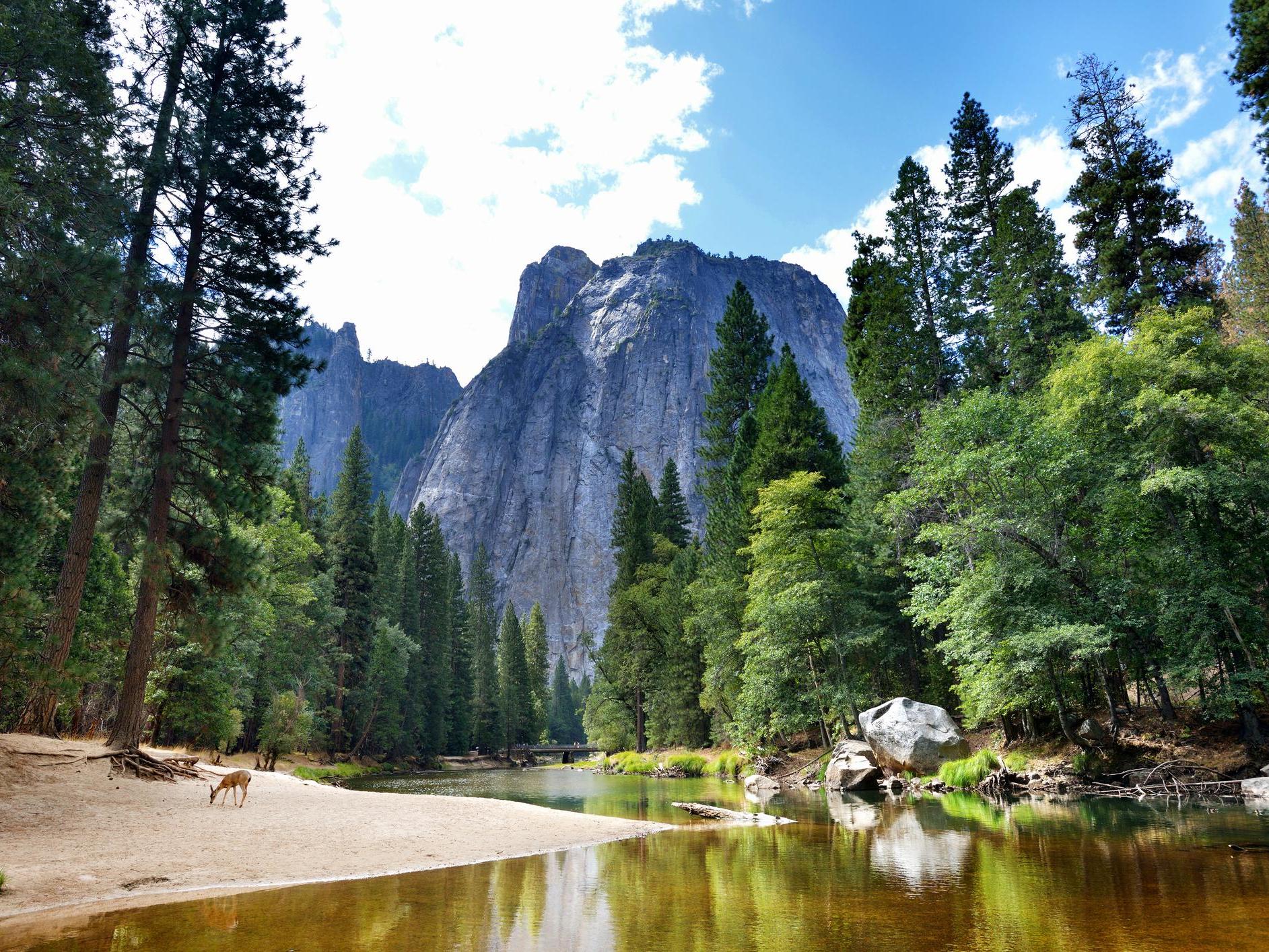The Sierra Club: America's oldest conservation group denounces racism of its founder
Group apologises for its past and says it will make organisational changes and determine which monuments need to be renamed or pulled down

Your support helps us to tell the story
From reproductive rights to climate change to Big Tech, The Independent is on the ground when the story is developing. Whether it's investigating the financials of Elon Musk's pro-Trump PAC or producing our latest documentary, 'The A Word', which shines a light on the American women fighting for reproductive rights, we know how important it is to parse out the facts from the messaging.
At such a critical moment in US history, we need reporters on the ground. Your donation allows us to keep sending journalists to speak to both sides of the story.
The Independent is trusted by Americans across the entire political spectrum. And unlike many other quality news outlets, we choose not to lock Americans out of our reporting and analysis with paywalls. We believe quality journalism should be available to everyone, paid for by those who can afford it.
Your support makes all the difference.The oldest conservation group in the US, The Sierra Club, will take down monuments to its founder due to his racist history.
John Muir, who founded the group in 1892 and whose activism helped preserve the Yosemite Valley and Sequoia National Park, also had ties to white supremacists and made derogatory comments about Black and indigenous people that drew on deeply harmful racist stereotypes.
“As the most iconic figure in Sierra Club history, Muir’s words and actions carry an especially heavy weight,” a statement from Michael Brune, executive director of the group, says. “They continue to hurt and alienate Indigenous people and people of colour who come into contact with the Sierra Club.”
As the US begins to confront its past with the removal of many statues related to the Confederacy, the group has decided to re-examine its own history and “our substantial role in perpetuating white supremacy”.
Muir was friends with Henry Fairfield Osborn, who was head of the New York Zoological Society and the board of trustees of the American Museum of Natural History — he also helped found the American Eugenics Society in the years following Muir’s death.
Other early Sierra Club members and leaders Mr Brune calls out in his statement include Joseph LeConte and David Starr Jordan, both vocal advocates for white supremacy and eugenics. Jordan co-founded the Human Betterment Foundation, whose research and model laws were used to create Nazi Germany’s eugenics legislation.
The early membership of the club was defined by “whiteness and privilege” and allowed for wilful ignorance about the spaces the group enjoyed once being the homes of Native peoples, forced off their lands by white settlers. Exclusionary membership practices continued until at least the 1960s.
In the article Pulling Down Our Monuments, Mr Brune writes: “The Sierra Club that I want to belong to not only acknowledges that reality, it also works to counter racism and exclusion wherever it occurs.”
Offering an apology to Black people, Indigenous people, and other people of colour for the Sierra Club’s past, Mr Brune offers a commitment to change — in organisational structure, resource allocation and investment, and a study to determine which monuments need to be renamed or pulled down.
In June, the Museum of Natural History in New York announced that it would be removing a statue of president Theodore Roosevelt due to its racist overtones.
Roosevelt was friends with Muir and during his presidency signed into existence five national parks, 18 national monuments, and numerous wildlife refuges and national forests.
Join our commenting forum
Join thought-provoking conversations, follow other Independent readers and see their replies
Comments